Market Growth Projections
The Global Feed Pigments Industry is projected to experience substantial growth over the next decade. In 2024, the market is expected to reach 1.6 USD Billion, with a forecasted increase to 2.34 USD Billion by 2035. This growth trajectory suggests a compound annual growth rate (CAGR) of 3.52% from 2025 to 2035. Factors contributing to this growth include rising livestock production, increasing consumer demand for high-quality animal products, and advancements in feed technology. The market's expansion reflects the evolving landscape of animal nutrition and the critical role of feed pigments in enhancing product quality.
Expansion of Livestock Production
The Global Feed Pigments Industry is significantly influenced by the expansion of livestock production across various regions. As the global population continues to grow, the demand for meat, dairy, and eggs is increasing, prompting farmers to enhance production efficiency. This expansion is particularly evident in developing countries, where rising incomes lead to higher meat consumption. Consequently, the demand for feed pigments, which improve the color and nutritional value of animal products, is expected to surge. By 2035, the market is anticipated to reach 2.34 USD Billion, indicating a robust growth trajectory driven by livestock sector advancements.
Rising Demand for Natural Feed Ingredients
The Global Feed Pigments Industry is witnessing a notable shift towards natural feed ingredients, driven by increasing consumer awareness regarding animal health and welfare. As livestock producers seek to enhance the quality of animal products, the demand for natural pigments, such as carotenoids and anthocyanins, is expected to rise. This trend aligns with the growing preference for organic and non-GMO products among consumers. In 2024, the market is projected to reach 1.6 USD Billion, reflecting a significant opportunity for producers of natural feed pigments. The emphasis on sustainability and health-conscious choices is likely to shape the industry's future.
Regulatory Support for Feed Quality Standards
Regulatory support for feed quality standards is a significant driver of the Global Feed Pigments Industry. Governments worldwide are increasingly implementing stringent regulations to ensure the safety and quality of animal feed. These regulations often mandate the inclusion of specific feed additives, including pigments, to enhance the nutritional value and appearance of animal products. Compliance with these standards not only boosts consumer confidence but also encourages producers to adopt high-quality feed pigments. As a result, the market is expected to benefit from this regulatory landscape, fostering growth and innovation in feed pigment formulations.
Technological Advancements in Feed Production
Technological advancements in feed production are playing a crucial role in shaping the Global Feed Pigments Industry. Innovations in feed formulation and processing techniques enable producers to enhance the efficacy of feed pigments, improving their bioavailability and effectiveness. For instance, the development of microencapsulation technology allows for better stability and release of pigments in animal diets. This not only enhances the visual appeal of animal products but also contributes to their nutritional profile. As these technologies become more widespread, the market is likely to experience accelerated growth, aligning with the projected CAGR of 3.52% from 2025 to 2035.
Consumer Preferences for Aesthetic Appeal in Animal Products
Consumer preferences for aesthetic appeal in animal products are increasingly influencing the Global Feed Pigments Industry. As consumers become more discerning about the appearance of meat, eggs, and dairy products, producers are compelled to enhance the color and visual quality of these items. Feed pigments play a vital role in achieving the desired coloration, which can significantly impact consumer purchasing decisions. This trend is particularly pronounced in markets where visual appeal is linked to perceived quality. As a result, the demand for feed pigments is likely to grow, driven by the need to meet evolving consumer expectations.


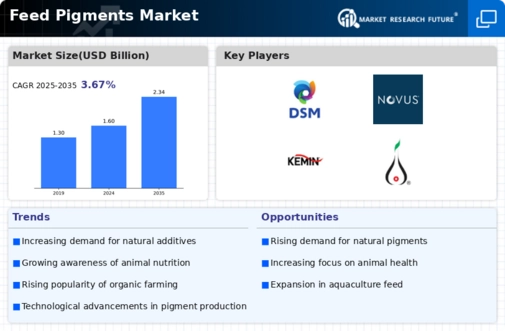
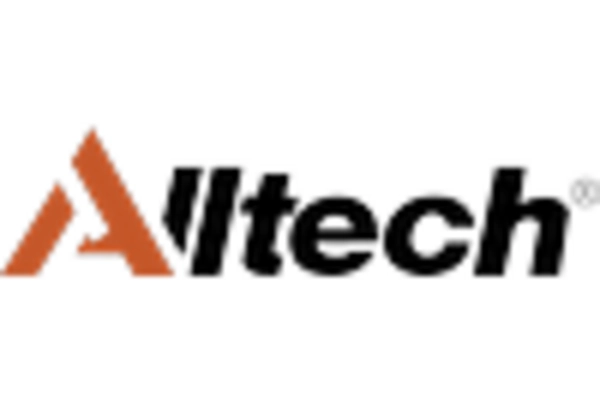

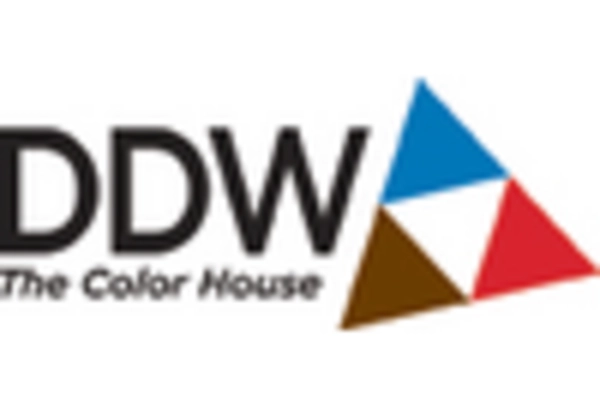
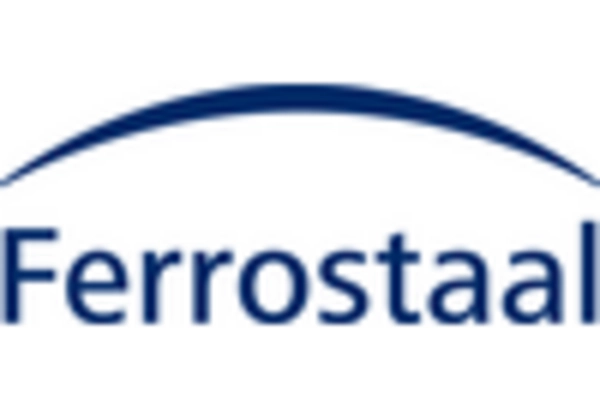
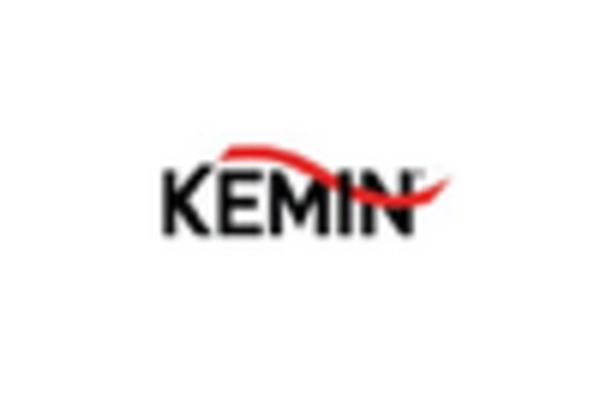
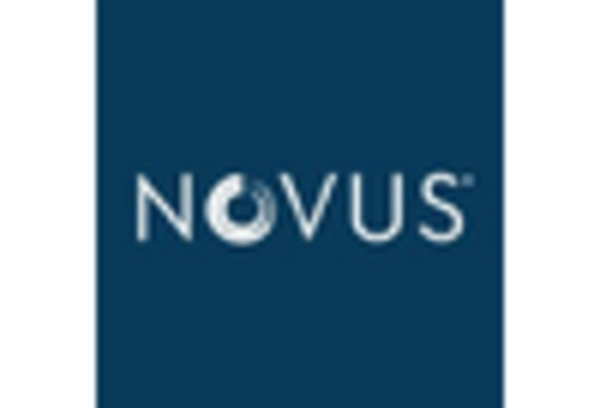








Leave a Comment